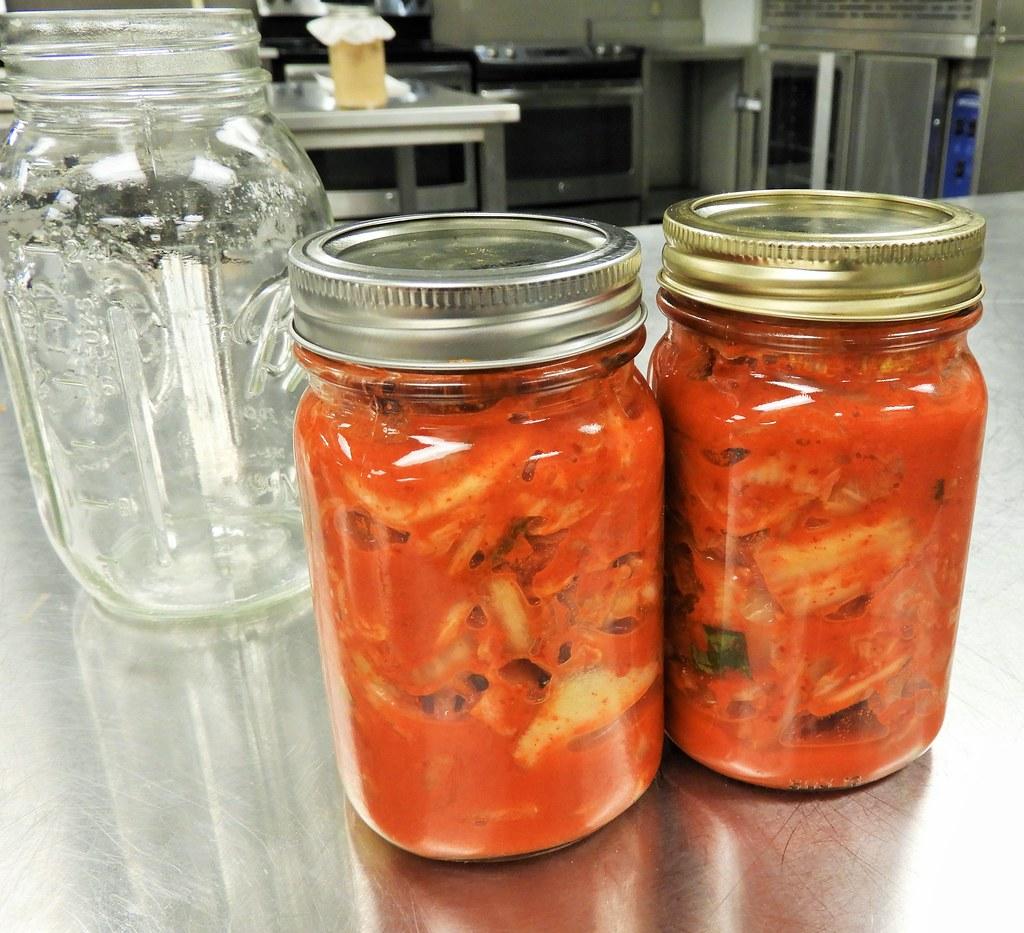Fermentation is a process that has been used by humans for thousands of years to preserve food and enhance its flavor. From the production of alcoholic beverages to the preservation of vegetables, this technique has played a crucial role in our history and continues to impact our lives today. In this blog post, we will explore the history, the various types, and the importance of the fermentation process in our daily lives.
History of Fermentation

The history of fermentation dates back to 6000 BC, where evidence of beer brewing was discovered in ancient Sumer. Over time, it was used for the preservation of food and for the production of alcoholic beverages like wine, beer, and spirits. In ancient Egypt, bread was made by fermenting dough, and in China, the practice of fermenting soybeans to create soy sauce and tofu was developed.
Fermentation can be divided into two categories: alcoholic fermentation and lactic acid fermentation. Alcoholic fermentation is the process of converting sugar into alcohol and carbon dioxide, which is commonly used in the production of beer, wine, and other alcoholic beverages. Lactic acid fermentation, on the other hand, is the process of converting sugars into lactic acid, which is used to preserve food and improve its flavor. This type is commonly used in the production of dairy products like yogurt and cheese, and in the pickling of vegetables.
The importance of fermentation cannot be overstated. For one, it helps to preserve food, allowing us to enjoy fresh, flavorful ingredients all year round. It also adds depth and complexity to the flavor of food, making it more enjoyable to eat. Furthermore, the process of fermenting food can also make food more digestible, as the bacteria produced during fermentation can break down sugars and other compounds, making it easier for the body to absorb the nutrients in the food.
In recent years, there has been a resurgence of interest in fermenting food, as people have become more interested in traditional, artisanal food practices. This trend has been fueled by the increasing popularity of fermented foods, such as kimchi, kefir, and kombucha, which are all rich in probiotics and other health-promoting compounds. In addition, the demand for organic and locally-sourced food has also increased, and fermenting food provides a way to preserve these ingredients without the use of harmful chemicals or preservatives.
Fermenting food also has a significant impact on the environment. By reducing food waste, we can help to reduce the amount of greenhouse gases released into the atmosphere. In addition, it can also help to reduce the use of synthetic preservatives, which can have harmful effects on the environment.
The history and significance of fermentation cannot be ignored. From preserving food to adding depth to its flavor, this process has been a part of human history for thousands of years and continues to impact our lives today. Whether you are a foodie, a health enthusiast, or simply someone who values traditional food practices, there is no denying the importance of fermentation in our lives.
Check out Little Tree Food Forest for articles on food forests and homesteading.
Check out StoryScapes for articles on creative writing.







One thought on “The Simple Wonders of Fermentation: A Journey Through Time and Its Significance”
Comments are closed.